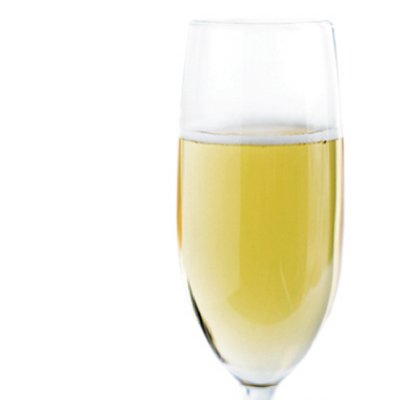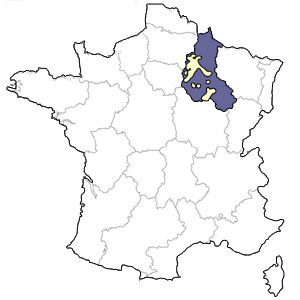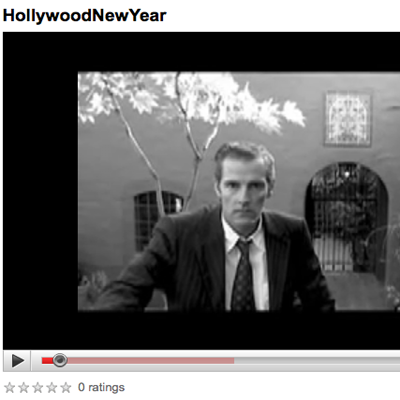
Well it’s almost time to say buh-bye to 2009!
You know how we do that at Sup’s! house. Well the same way you do of course, with something a little bubbly. Somehow the Champagne industry has managed to convince us all that it just is not a celebration with out a few floating, sparkling bubbles. Maybe I am just gulliable to their wiley ways, or maybe it’s an actual fact. But I have decided that bubbles are festive. Bubbles are fun. Bubble mean celebration. Although this happy little fact does not mean all that sparkles shines. So when it comes to my bubbles I prefer the kind that float all the way to the top. Because not all sparkling wine is created equal and it’s possible to get all the fizz with out the pop!
What I am trying to say is it’s time to pick a special wine for your New Eve Celebration. I know you want it to be good. In fact I know you demand great taste and sparkling quality. You could go out and pick up a Krug, a Dom Perignon or even a Louis Roederer Cristal Rose. You could even drop $100.00 or more (way more). I am quite sure you would get an outstanding bottle and you would indeed have the makings of a special evening. And if you are in a position to do that, and the celebration calls for it– this is certainly one of those evenings to go for broke.
However it is possible to get a lot of bang for your buck. All it takes is a little bit knowledge and you too can separate the pop from the fizzle. So I’ve brought in my brother Sip! to give us a few pointers. Take it away Grant.
 Champagne and Sparkling Wine: A Primer
Champagne and Sparkling Wine: A Primer
Another year draws to an end, and a new year is upon us. It is a time to reflect and a time to … blah, blah blah! Let’s drink some fizzy wine! But first a few fun facts:
- The terms “Champagne” and “sparkling wine” are often used interchangeably, much to the chagrin of Champagne producers. While all Champagne sparkles, not all sparkling wine is Champagne. It’s all about geography. Any sparkling wine produced anywhere other than the 85,000 acre parcel of land lying 90 miles northeast of Paris known as France’s Champagne region, should be properly labeled “sparkling wine.” This is not just a matter or pride within the Champagne region but a matter of law as determined by the World Courts. While most of the world’s sparkling wine producers respectfully acknowledge this distinction, some wine makers such as California’s Korbel, among a few others, flaunt this ruling and insist on employing the moniker “California Champagne.” Don’t be fooled.
- Champagne was basically a happy accident. The cool climate of the Champagne region meant that the grapes were often harvested, made into still wine and bottled during cold conditions. As these early wines warmed up in warmer months, further ripening and fermentation occurred, creating gas as a byproduct, causing many bottles to burst, or corks to shoot out. As a result, pressure resistant bottles and devices to hold the cork in place were developed, thus creating a sparkling wine.
- Champagne and most of the world’s quality sparkling wines are made in the Methode Traditionnelle. This process is the original method developed in Champagne (also known as Methode Champenoise), where the bubbles are a result of a secondary “in-bottle” fermentation. This is not true of “Charmat” type sparkling wines (think Andre and Cook’s), in which secondary fermentation occurs in tanks. Avoid these … please.
- The major steps in the Methode’ Traditionnelle:
- Following harvest, pressing and the completion of the first fermentation, the assemblage takes place. This is perhaps the most critical element. It is here the house style is determined through the blending of up to 40 still wines; this is known as the cuvee. Most Champagne houses strive for a consistent style year to year and therefore must hold back juice from multiple vintages for future assemblage.
- After the all-important assemblage, the liqueur de tirage is added. This is a mixture of still wine, sugar and yeast, which triggers the second fermentation. The wines are then bottled and capped. Taken to the cool depths of the caves where the secondary fermentation occurs, this process creates the aromatic properties, complex flavors, and tiny bubbles.
- When the second fermentation is complete (10 days to 3 months later), the bottles are transferred to racks called pupitres which hold the bottles in position to allow remuage. This is a method of shaking and twisting each bottle (also called riddling) to loosen the accumulation of the sediment left behind following the second fermentation. The goal is to gradually allow this sediment to move to the neck of the bottle.
- After remuage, most bottle will undergo aging before the sediment is removed. During this aging the sediment partially breaks down, giving sparkling wines their special flavor and bouquet.
- After aging, the degorgement follows. This is the removal of the sediment that has collected in the neck of the bottle. Placing the neck of the bottle upside down in liquid nitrogen allows the sediment to freeze in the form of a solid “plug.” The bottle is then opened and the pressure of the wine pushes the frozen sediment out of the bottle, leaving clear sparkling wine.
- The final stages include the addition of more sugar and still wine, called the dosage. This determines the final level of sweetness for the wine. A pressure cork is then placed in the bottle and the wire cage is secured. These sweetness levels include Brut (no perceptible sweetness); Extra Dry (ranging from fairly dry to slightly sweet); and Demi-sec (simply put, sweet). There are other styles as well, but these cover the most common.
- Within Champagne there are 261 Champagne houses, and over 19,000 growers. The large Champagne houses own just over 10% of the vineyards, but are responsible for about 70% of the sales. This means that most of their production is from purchased grapes. I prefer the smaller houses who grow their own fruit and make their wine (also known as grower Champagnes). This distinction is usually indicated by the initials RM (Recoltant-Manipulant) on the front or back label, but account for only about 3% of the Champagne market.
- Only three grape varietals are allowed to be used in the production of Champagne: Chardonnay, Pinot Noir, and Pinot Meunier. Most Champagnes are a blend of at least 2 or all three of these varietals. Blancs de Blancs (white of white) are made exclusively from white grapes. Blancs de Noirs (white of blacks) are made of only black grapes. Rose’ is made from either the inclusion of still red wine or by contact with the red grape skins.
- Champagne is classified by its vineyards, based on the suitability of the land for growing grapes. The highest designation is Grand Cru, followed by Premier Cru, and then everything else. Most of the classified growths (Grand and Premier Crus) are within 3 regions of Champagne: Cotes des Blancs, Vallee de la Marne, and Montagne de Reims.
GRANT HENRY
Serious Fun Food (and Wine!)
SippitySup

